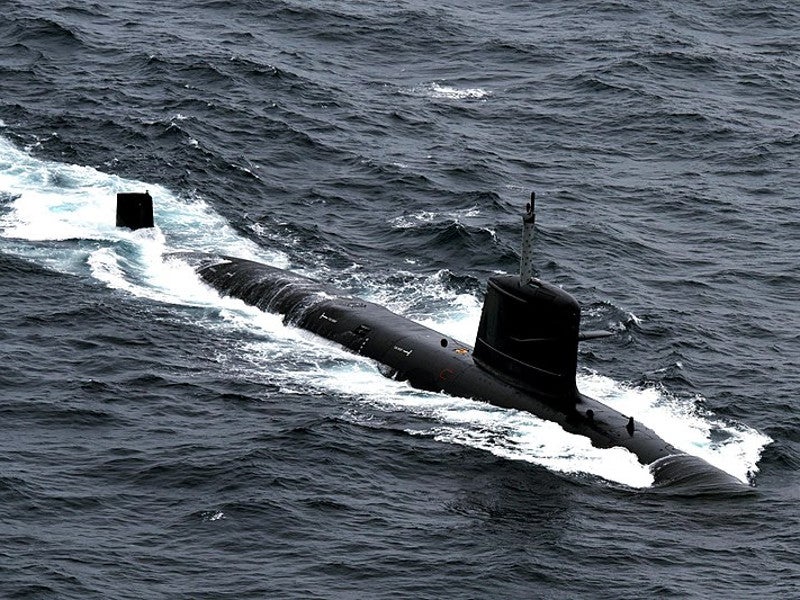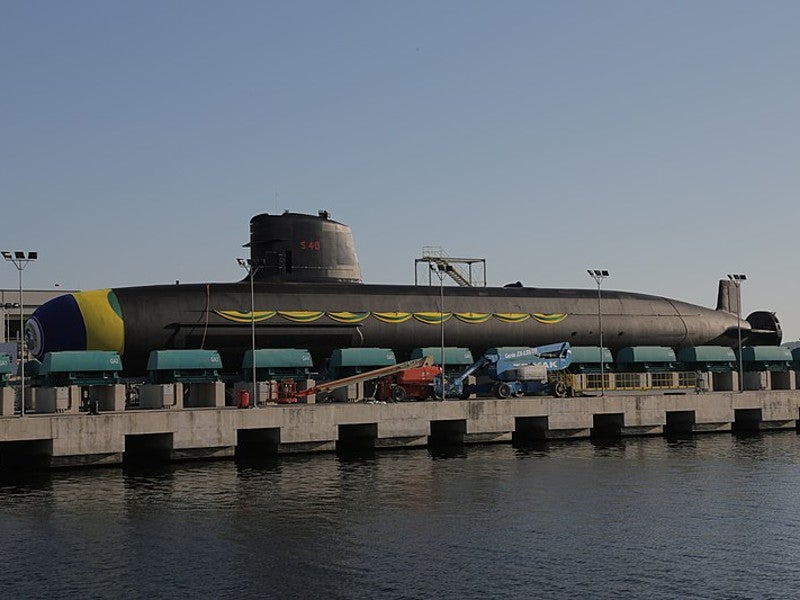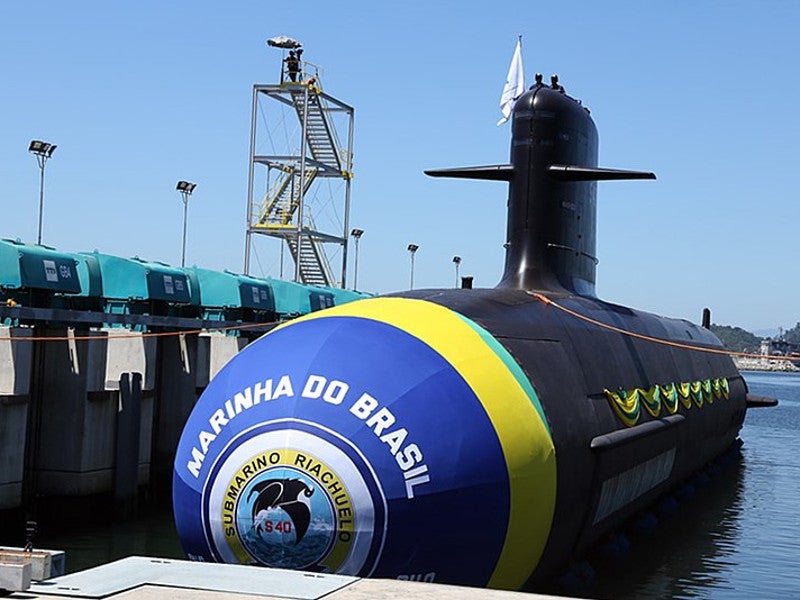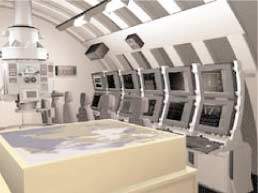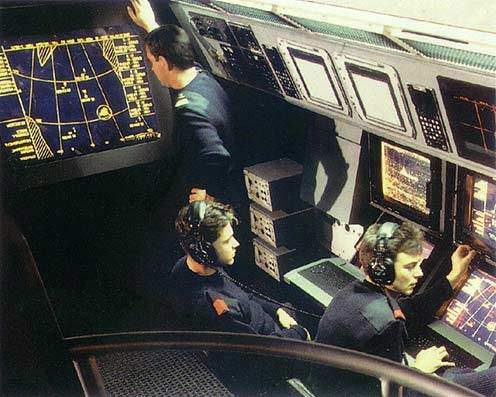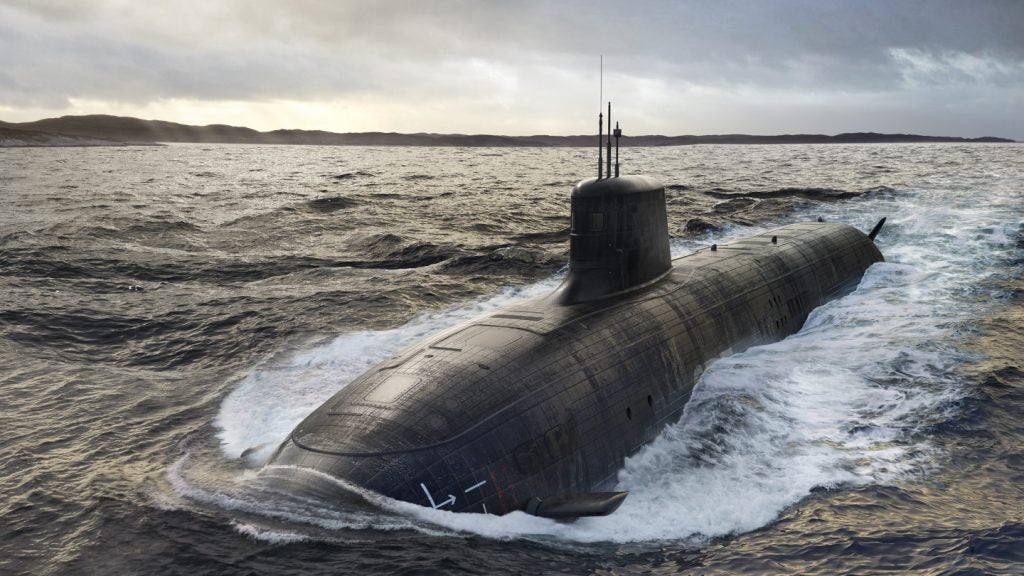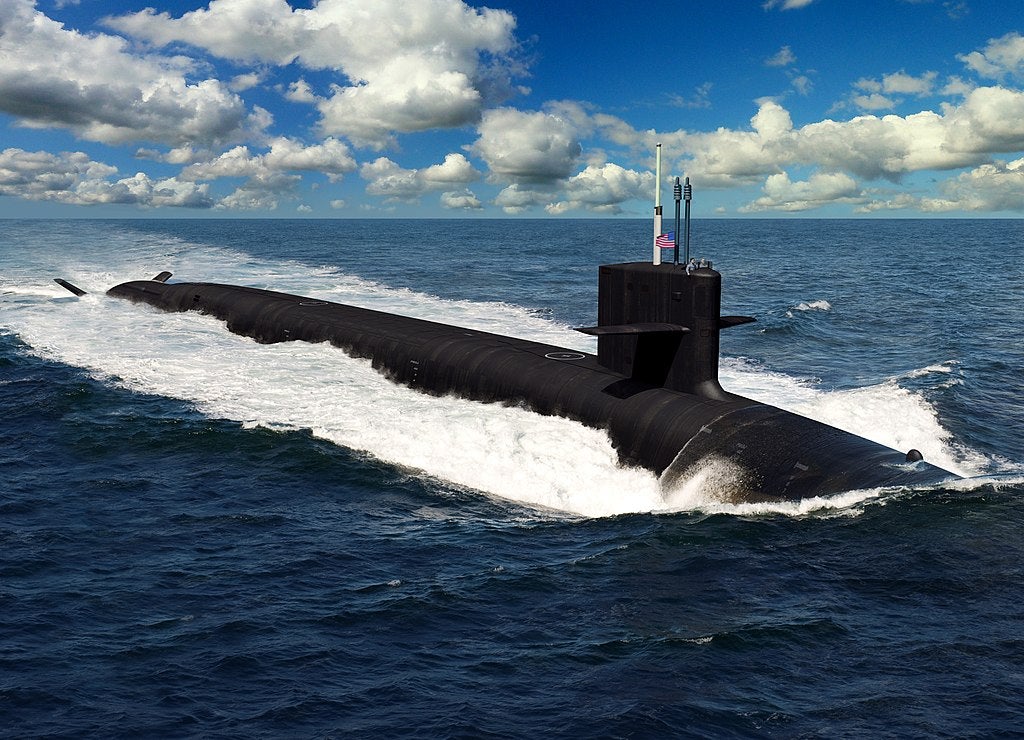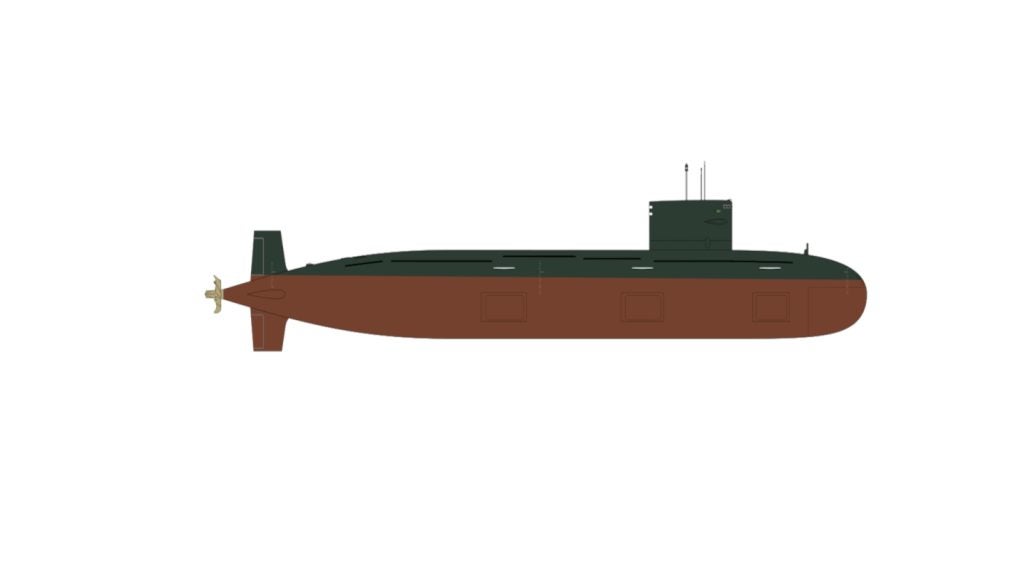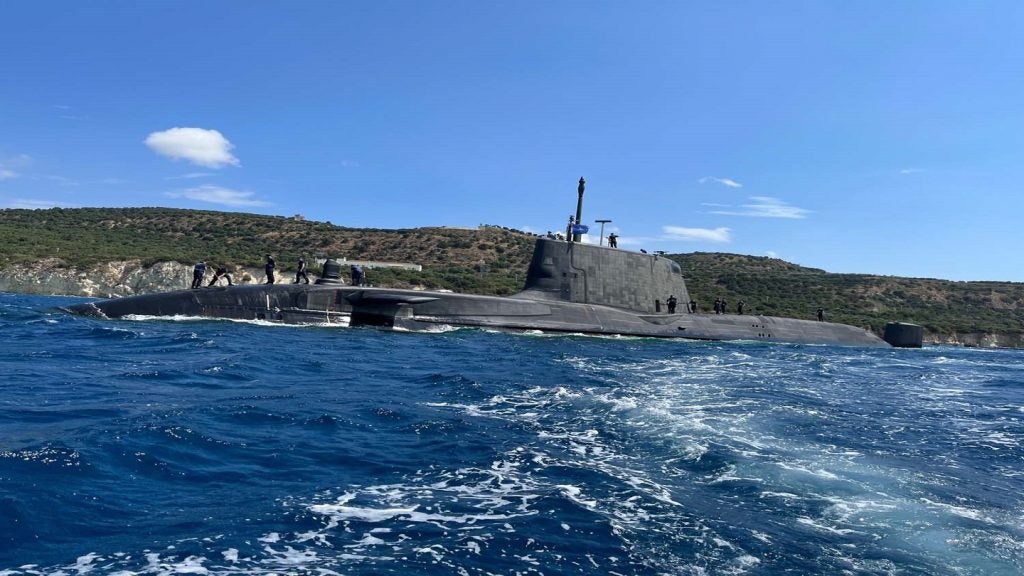The Scorpene-class submarine is jointly developed by French state-owned shipbuilding firm DCNS (now Naval Group) and Spanish shipbuilder Navantia (formerly Bazan, then Izar). Two Scorpene submarines were ordered by Chile. The vessels replace two Oberon-class submarines, which were retired in 1998 and 2003.
The first submarine called O’Higgins was built at DCN shipyard in Cherbourg and launched in November 2003. It was commissioned in September 2005 and arrived in Chile in January 2006.
Carrera was the second submarine, which was built at the Navantia shipyard in Cartagena, Spain. It was launched in November 2004 and commissioned in July 2006. Carrera arrived at its homeport of Talcahuano in December 2006.
Scorpene 2000 SSK submarine features
The Scorpene® 2000 conventional attack submarine (SSK) is a 2,000t conventional-propulsion submarine designed and developed by Naval Group. It features modular design with fully integrated SUBTICS® combat system, capable of carrying large payload at reduced manning and lifecycle cost. It has the best indiscretion ratio available with Fuel Cell 2nd Generation (FC2G) AIP section.
The submarine measures 66m to 82m in length and is capable of carrying a 25 to 31 member crew. The Scorpene® 2000 is an evolution of the Scorpene submarine and is suitable for all types of mission such as long-range strikes, surface vessel warfare and special operations.
Chilean Navy Scorpene-class submarines
The 1,500t Scorpene built for the Chilean Navy has a length of 66.4m. The two vessels are powered by four diesel generators, providing more than 2,500kW using GM synchronous motors with permanent magnets.
The Chilean Scorpene has a hull-mounted medium-frequency active/passive sonar. The vessels are armed with Whitehead Alenia Sistemi Subaquei (WASS) Black Shark heavyweight torpedoes.
The Black Shark is a dual-purpose, wire-guided torpedo, which is fitted with an Astra active/passive acoustic head, as well as a multi-target guidance and control unit incorporating a counter-countermeasures system. It has an electrical propulsion unit based on a silver oxide and aluminium battery. Black Shark also arms the two Scorpene vessels for the Royal Malaysian Navy.
The six torpedo tubes are capable of firing SM-39 Exocet anti-ship missiles, which have a range of 50km, but they are not initially carried. The vessels are equipped with EDO Reconnaissance Systems AR-900 electronic support measures / direction-finding (ESM / DF) system.
Malaysian Navy Scorpene-class attack submarines
The Royal Malaysian Navy placed a contract for two Scorpene submarines in June 2002. The first vessel, KD Tunku Abdul Rahman, was launched at DCNS Cherbourg in October 2007. It was handed over in January 2009 in Toulon and arrived in Malaysia in September 2009.
The second, Tun Razak, was launched at Navantia Cartagena in October 2008 and commissioned in 2009. DCNS built the bow sections, while Navantia constructed the aft sections.
Indian Navy Scorpene attack submarines
In October 2005, India placed an order for six Scorpene submarines. The submarines are being built at the state-owned Mazagon dockyard in Mumbai, with technical assistance and equipment from French companies DCN and Thales. At the same time, India also placed an order for 36 MBDA SM-39 Exocet anti-ship missiles to arm the submarines.
Construction of the first vessel, INS Kalvari, began in December 2006 and was commissioned into the Indian Navy in December 2017. The second submarine in class, INS Khanderi, was launched in January 2017 while the third P75 Scorpene-class submarine, designated INS Karanj, was launched in January 2018. The fourth P75 Scorpene-class submarine INS Vela was launched in May 2019.
The total cost of the submarines is estimated to be Rs235.6bn ($3.75bn).
Brazilian Navy Scorpene attack submarines
In December 2008, Brazil placed an order for four diesel-electric-powered submarines based on the Scorpene. Construction of the submarines started in July 2011.
The submarines are being built by a joint venture company set up by DCNS and Odebrecht of Brazil. They are designated S40 Riachuelo, S41 Humaita, S42 Tonelero, and S43 Ango Stura. The lead Scorpene-class submarine, S40 Riachuelo, was launched in December 2018 and will be commissioned in 2020. Delivery of the remaining three submarines, S41 Humaita, S42 Tonelero, and S43 Ango Stura will be delivered every 12 to 18 months following the delivery of the first submarine.
Brazilian Scorpene has a surface displacement of 1,870t while its overall length is 72m. The Scorpene-class submarine has a diving depth of 300m and autonomy of 45 days.
The submarine’s submerged speed is 20k and its operational availability is 240 days a year. The submarine can carry 35 crew members.
It features six weapon tubes and can carry a total weapon payload of 18 weapons.
The S40 Riachuelo submarine was launched in December 2018 while the launch of S41 Humaita is planned for 2020.
Weapon systems on-board Scorpene attack submarine
Scorpene attack submarine can carry 18 torpedoes and missiles or 30 mines. It is equipped with six bow-located 21in torpedo tubes providing salvo launch capability. Positive discharge launching is by an air turbine pump.
The submarine’s weapons include anti-ship and anti-submarine torpedoes, as well as anti-surface missiles. The handling and loading of weapons are automated.
SUBTICS combat management system
The SUBTICS combat management system, with up to six multifunction common consoles and a centrally situated tactical table, is collocated with the platform-control facilities.
The combat management system is composed of a command and tactical data handling system, a weapon control system and an integrated suite of acoustic sensors with an interface to a set of air surface detection sensors and the integrated navigation system. It can also download data from external sources.
The integrated navigation system combines data from global positioning systems, the log, depth measurement and the ship’s trim/list monitoring system. The Scorpene monitors the environment, including seawater density and temperature, as well as the submarine’s own noise signature.
Sonar suite
The vessel’s sonar suite includes a long-range passive cylindrical array, intercept sonar, active sonar, distributed array, flank array, high-resolution sonar for mine and obstacle avoidance, as well as a towed array.
Control and monitoring
All submarine handling operations are carried out from the control room. The vessel features a high level of automation and surveillance, with automatic control mode of rudders and propulsion.
It also includes continuous monitoring of the propulsion systems and platform installations, centralised and continuous surveillance of all potential hazards (leaks, fires, presence of gases) and the status of the installations that affect the safety while submerged.
Construction of Scorpene-class attack submarine
The submarine incorporates high-level system redundancy to achieve an average of 240 days at sea a year for each submarine. The maximum diving depth is 300m, giving the commander more tactical freedom than previously available on conventional submarines. There is no limit to the duration of dives at maximum depth, other than the power systems and crew limitations.
Structure of the submarine uses high-yield stress-specific steel, enabling maximum-depth diving when necessary.
Incorporating high-tensile steels has reduced the weight of the pressure hull, allowing a larger load of fuel and ammunition. The reduced complement minimises training costs and increases combat efficiency by making more space while a larger payload enhances the ship’s autonomy.
When dived, the Scorpene has low-radiated noise that permits improved detection ranges of its own sensors and reduced risk of detection by hostile sensors. The low-radiated noise is achieved through the use of advanced hydrodynamics with an albacore bow shape, with fewer appendages and an optimised propeller.
Between suspended decks, the equipment is mounted on elastic mountings wherever possible, and the noisiest systems have a double-elastic mounting to reduce the risk of their noise profiles being radiated outside the submarine. The shock-resistant systems have been developed from systems incorporated in advanced nuclear-powered submarine designs.
Low-acoustic signature and hydrodynamic shock-resistance give the Scorpene-class the capability to carry out anti-submarine and anti-surface ship warfare operations in closed or open sea conditions, as well as the capability of working with special forces in coastal waters.
Crew facilities
The ship can hold a crew of 31 with a standard watch team of nine. The control room and living quarters are mounted on an elastically supported and acoustically isolated floating platform. All living and operational areas are air-conditioned. The submarine also has space for six additional fold-down bunks for special operations crew.
The vessel is equipped with all the necessary systems to provide vital supplies, water, provisions, regeneration of the atmosphere, to ensure the survival of all crew for seven days.
The ship is equipped with full rescue and safety systems.
A connection point for a diving bell or deep submergence rescue vehicle (DSRV) allows collective rescue operations.
Scorpene attack submarine’s stealth design
Planning and design of the Scorpene-class ship were directed towards achieving an extremely quiet vessel with great detection capability and offensive power.
Hull, sail and appendage forms have been specifically designed to produce minimum hydrodynamic noise. The various items of equipment are mounted on elastic supports, which are in turn mounted on uncoupled blocks and suspended platforms. The isolation also provides better shock protection to the equipment.
Propulsion systems of the Scorpene submarine
The Scorpene-class submarine has two diesel generation sets providing 1,250kW of power. At the top of the hull immediately above the diesel generator sets is a Dutch Breach machinery shipping hatch. The submarine has an elastically supported 2,900kW electronic engine.
There are two variants of Scorpene, the CM-2000 with the conventional propulsion system and the AM-2000 equipped with air-independent propulsion. The AM-2000 is capable of remaining submerged on underwater patrol for three times longer than the CM-2000.
Air independent propulsion
A conventional diesel-electrical submarine sailing underwater is difficult to detect. However, the need to come repeatedly to periscope depth to recharge the batteries using the diesel engine greatly increases vulnerability by:
- Its aerial detectability, since the snorkel projecting from the water is detectable by radar
- Its underwater detectability due to increase in radiated noise from the working diesels
The ratio between this time of greater vulnerability and the total operating time is known as the ‘indiscretion rate’ and for all conventional modem submarines, the indiscretion ratio ranges typically from 7% to 10% on patrol at 4k, and 20% to 30% in transit at 8k.
To lessen the submarine’s vulnerability, the vessel can be equipped with an air-independent propulsion system such as the Stirling engine, the fuel cell, the closed-circuit diesel and the module d’energie sous-marine autonomy (MESMA) system.
The MESMA anaerobic system, in which heat in the primary circuit is produced by burning ethanol with oxygen, can be easily installed either at the start of the submarine’s construction or in a later modernisation to convert the CM-2000 to an AM-2000 build standard.
Using the MESMA system, the AM-2000 submarine can carry out on underwater patrol three times longer than the CM-2000.
Its performance features remain the same in all other respects, except that the length increases to 70m and its submerged displacement to 1.870t (against the 61.7m and the 1,565t of the CM2000).

